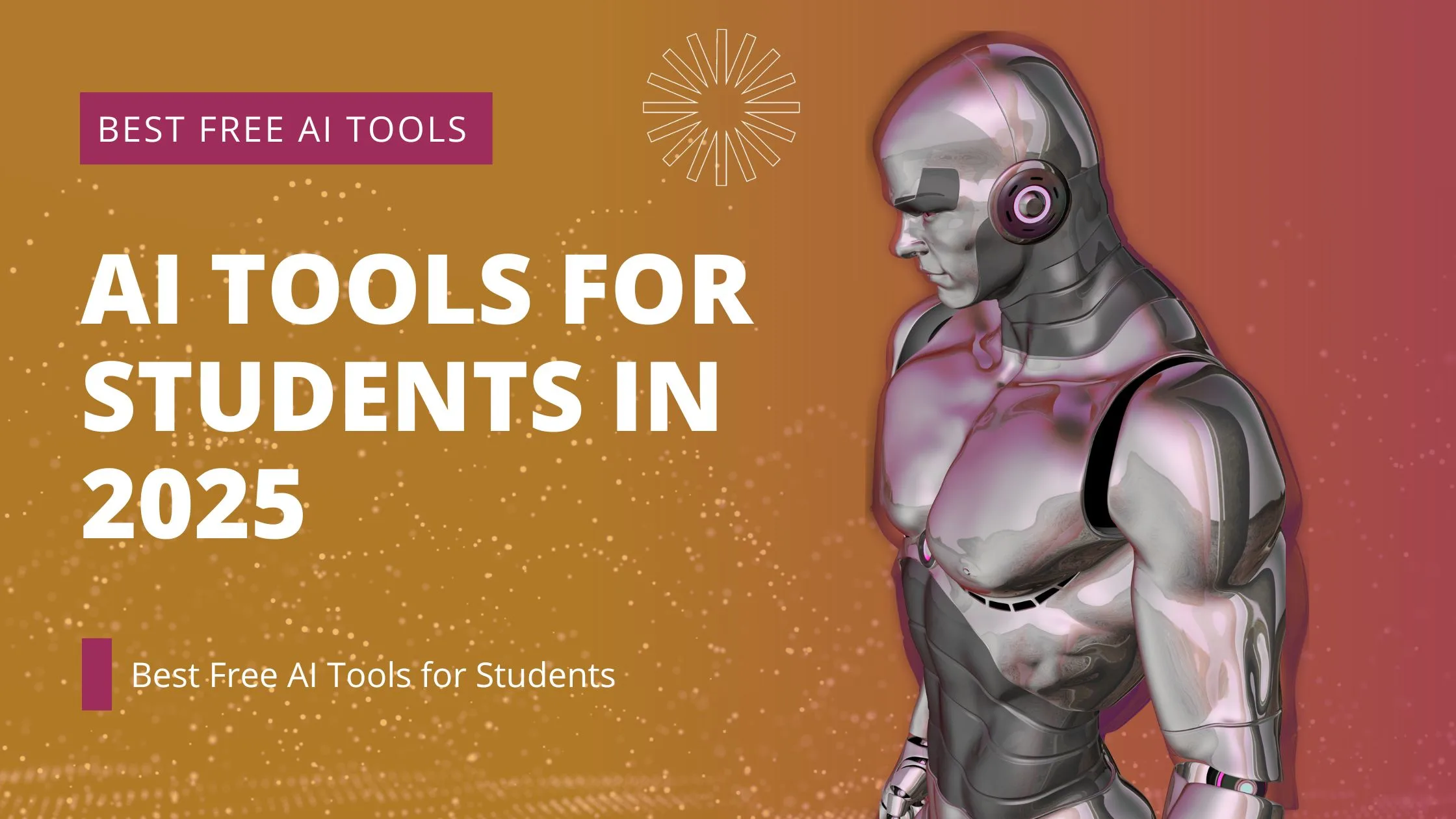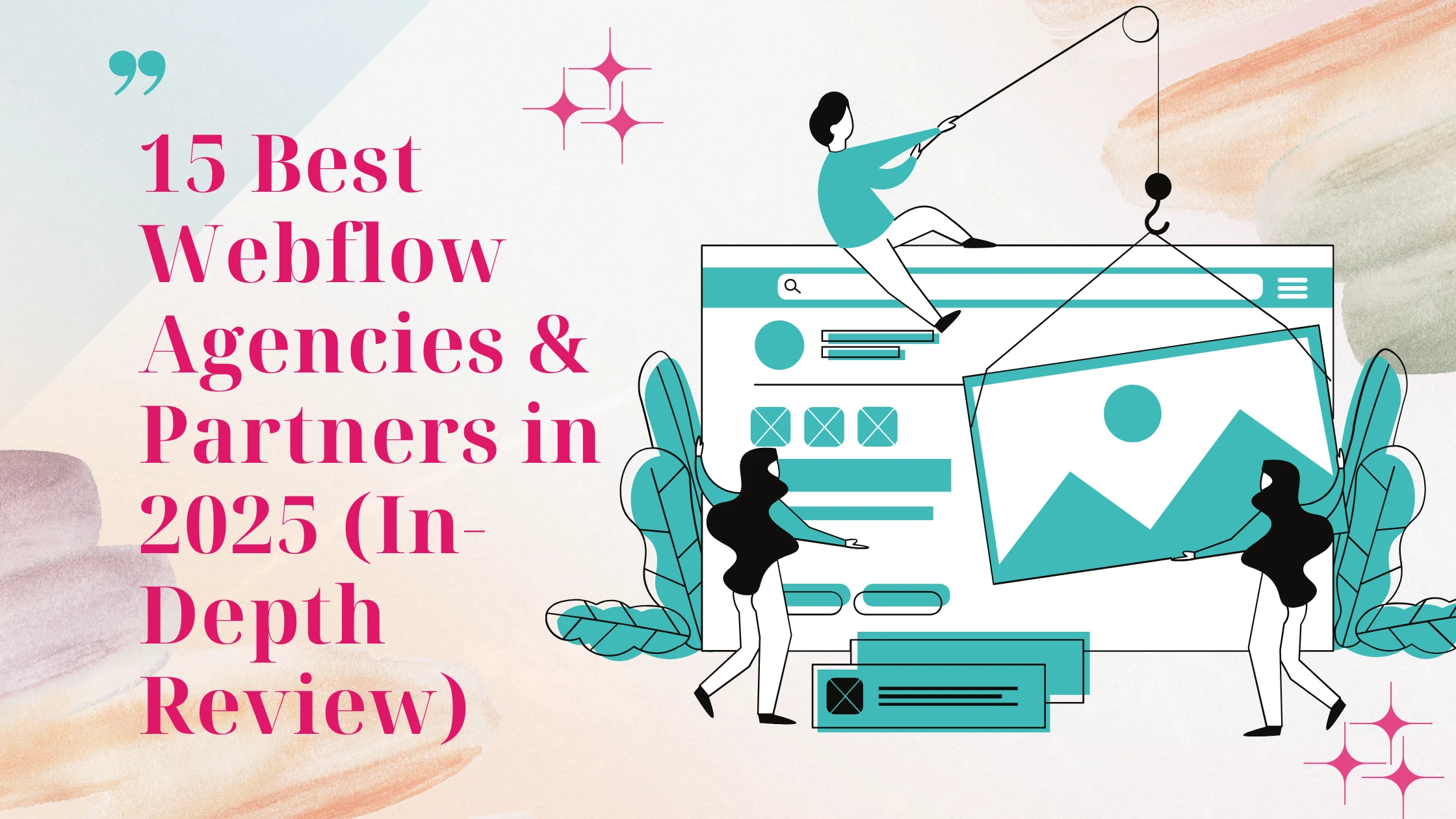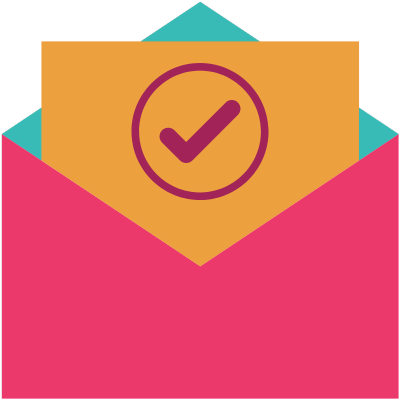Introduction
Chatbots are no longer optional—they have become essential for modern businesses. They streamline communication, automate repetitive tasks, and enhance customer engagement.
From rule-based bots that answer FAQs to AI-powered assistants capable of natural conversations, building a chatbot requires a clear strategy, the right tools, and ongoing optimization.
In this guide, we’ll cover:
- How to build a chatbot
- AI chatbot development tools and frameworks
- Custom chatbot solutions
- Real-world examples
- Best practices, metrics, and future trends
Why Businesses Need Chatbots
1. 24/7 Customer Support
Chatbots provide round-the-clock service, reducing wait times and improving customer satisfaction.
Example: A small e-commerce store used a chatbot to handle nighttime queries, reducing missed orders by 30%.
2. Lead Generation
Automate initial customer interactions and qualify leads instantly.
Example: A travel agency implemented a chatbot that increased qualified leads by 60% in a month compared to manual follow-ups.
3. Cost Efficiency
Reduce the need for large support teams, saving cost on salaries, training, and onboarding.
4. Enhanced Engagement
Personalized interactions increase user satisfaction and brand loyalty.
Example: Sephora’s chatbot recommends products based on user preferences, boosting conversions by 15%.
Types of Chatbots
1. Rule-Based Chatbots
Operate on predefined commands and simple decision trees.
- Ideal for FAQs or guiding users through specific workflows.
- Example: A banking FAQ bot that helps users check balances or locate ATMs.
2. AI-Powered Chatbots
Use Natural Language Processing (NLP) to understand intent and provide intelligent responses.
- Ideal for complex queries and dynamic conversations.
- Example: Domino’s AI chatbot allows users to order pizza via natural conversation.
3. Hybrid Chatbots
Combine rule-based and AI approaches for flexible workflows.
- Example: A telecom company uses hybrid bots to troubleshoot issues and escalate complex cases to human agents.
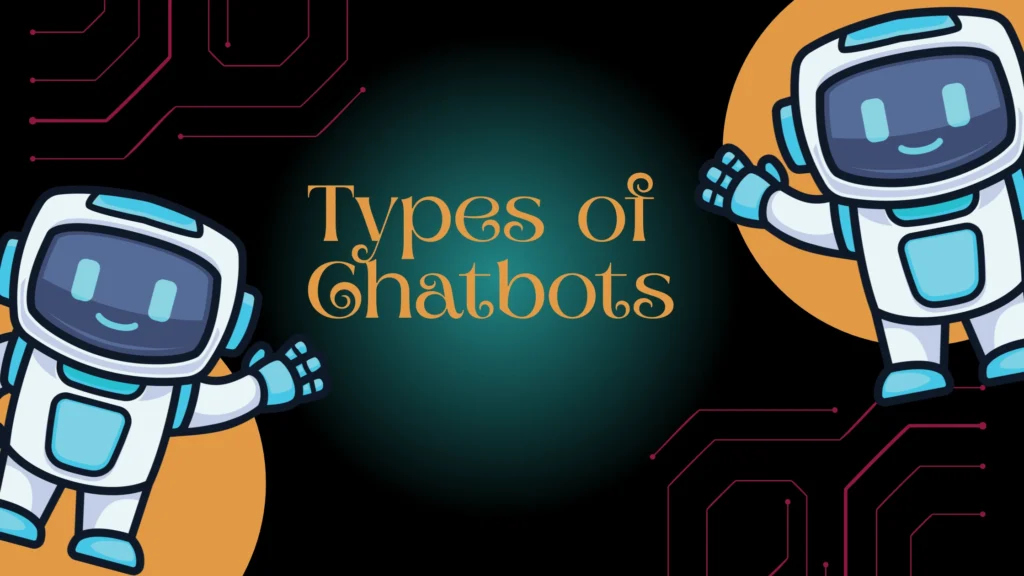
Step-by-Step Guide: How to Build a Chatbot
Step 1: Define Purpose and Goals
Decide if your chatbot is for customer support, lead generation, sales, or internal operations. Clear objectives ensure the bot adds value.
Step 2: Choose a Platform
Select where your chatbot will operate:
- Website
- Social media (Facebook Messenger, WhatsApp)
- Mobile app design
Step 3: Select AI Chatbot Development Tools
- Dialogflow: Google’s NLP platform
- Rasa: Open-source framework for custom AI chatbots
- ManyChat / Chatfuel: Ideal for social media bots
Step 4: Design Conversation Flow
- Map all possible user interactions.
- Include fallback options for unrecognized queries.
- Add brand personality and tone for a human-like experience.
Step 5: Test and Deploy
- Run beta tests with real users.
- Refine responses based on feedback.
- Deploy gradually and monitor performance.
Best Practices in Chatbot Development
- Keep conversations natural and concise.
- Leverage AI & NLP for accuracy.
- Continuously analyze user data to optimize responses.
- Personalize interactions based on user behavior and preferences.
Start Your Project Today!
Chatbots Development for Businesses
E-commerce
- Track orders and answer product questions.
- Example: Sephora’s chatbot recommends products based on user behavior, increasing sales.
Customer Support
- Automates repetitive queries, freeing agents for complex tasks.
Enterprise Solutions
- Custom chatbots for HR, IT support, or internal workflows.
Future Trends in Chatbots
- Voice-enabled chatbots for hands-free interaction
- AI-driven predictive responses to anticipate customer needs
- Integration with analytics dashboards for performance tracking
- Multilingual support to expand global reach
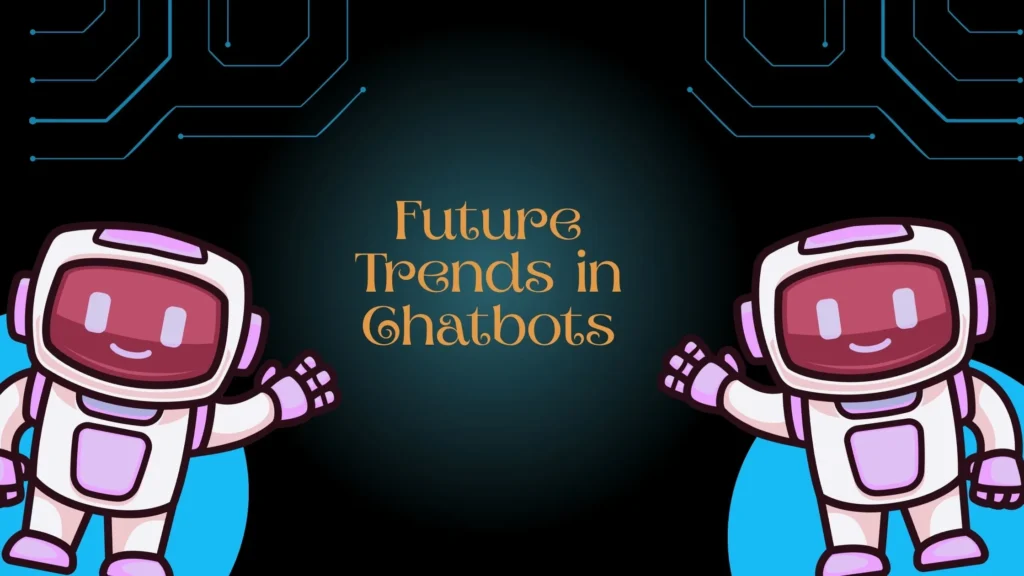
Tools & Resources
- Dialogflow: NLP-based AI platform
- Rasa: Open-source custom chatbot framework
- ManyChat / Chatfuel: Social media chatbots
- IBM Watson AI
- Google Dialogflow
- Statista Chatbot Reports
2. Comparison Table: Rule-Based vs AI vs Hybrid Chatbots
| Feature | Rule-Based Chatbot | AI-Powered Chatbot | Hybrid Chatbot |
|---|---|---|---|
| Functionality | Predefined rules and commands | Uses NLP to understand intent | Combination of rules + AI |
| Complexity Handling | Low | High | Medium-High |
| Learning Capability | None | Learns from interactions | Partial learning |
| Setup Time | Quick | Longer | Medium |
| Best For | FAQs, simple workflows | Complex queries, dynamic conversations | Mixed-use cases requiring flexibility |
| Examples | Banking FAQ bot | Domino’s ordering bot | Telecom troubleshooting bot |
| Maintenance | Low | Medium-High | Medium |
| Cost | Low | High | Medium |
Comparison table showing features of Rule-Based, AI, and Hybrid chatbots
Conclusion
Building a chatbot is no longer optional—it’s a necessity. By following this guide on how to create a chatbot, leveraging AI and custom development tools, implementing best practices, and staying updated with future trends, businesses can enhance engagement, reduce costs, and gain a competitive edge.
Start your AI chatbot development journey today and transform the way your business communicates!
About the author
Popular Posts

How to Hire an Educational Website Development and Design Agency in 10 Steps
October 23, 2025- 7 Min Read
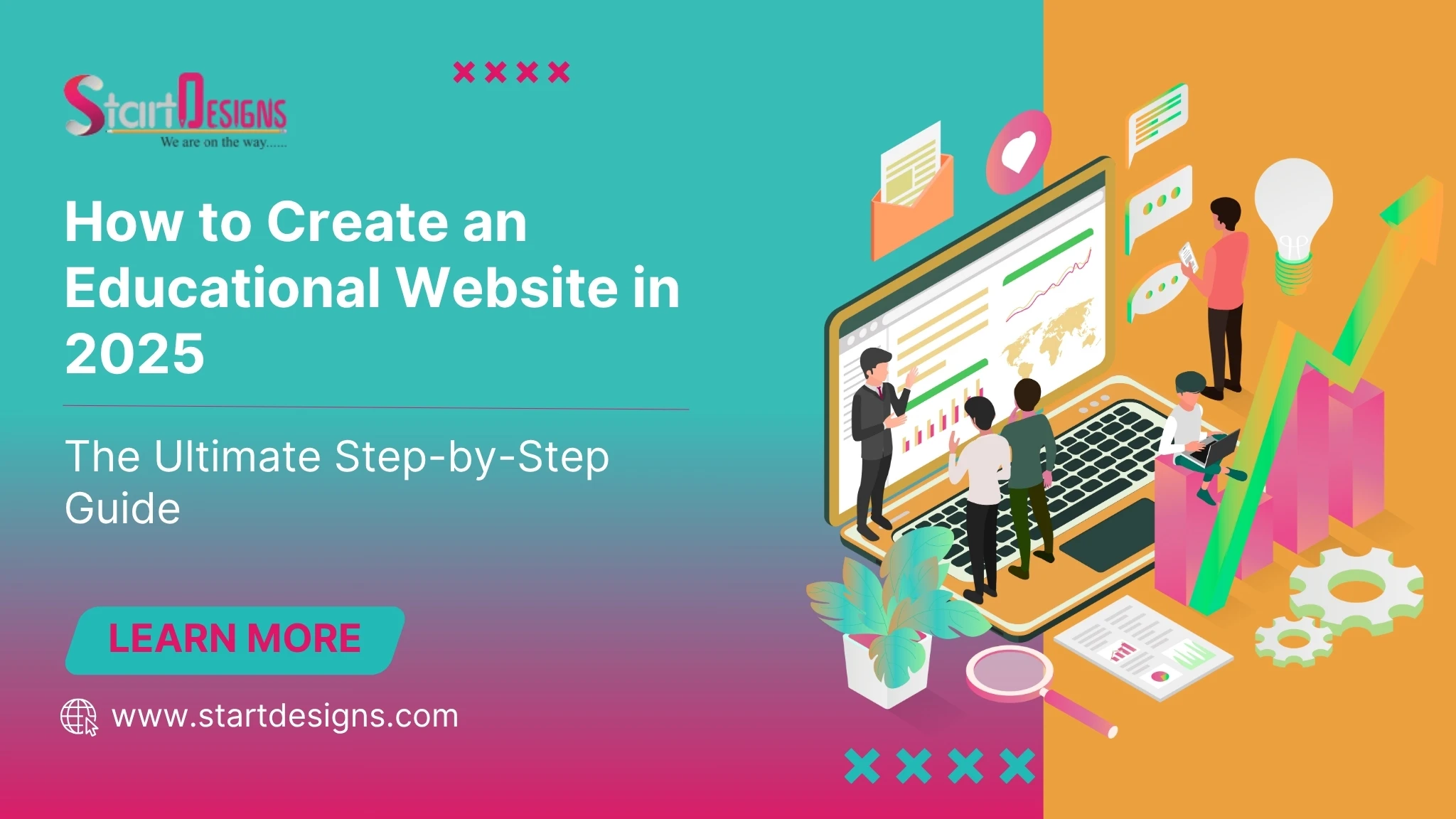
How to Create an Educational Website in 2025: The Ultimate Step-by-Step Guide
October 15, 2025- 6 Min Read
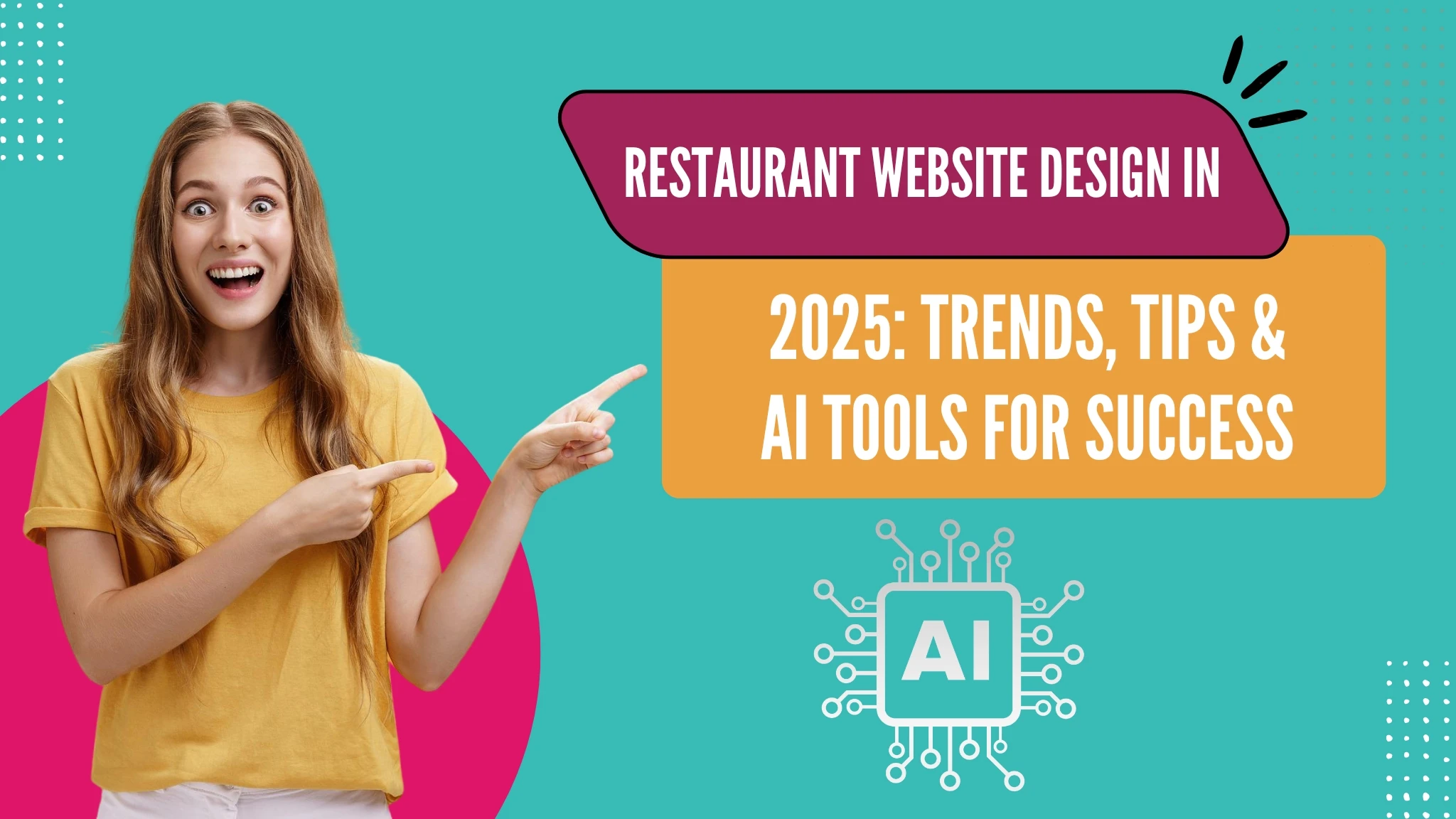
Restaurant Website Design in 2025: Trends, Tips & AI Tools for Success
October 14, 2025- 4 Min Read

